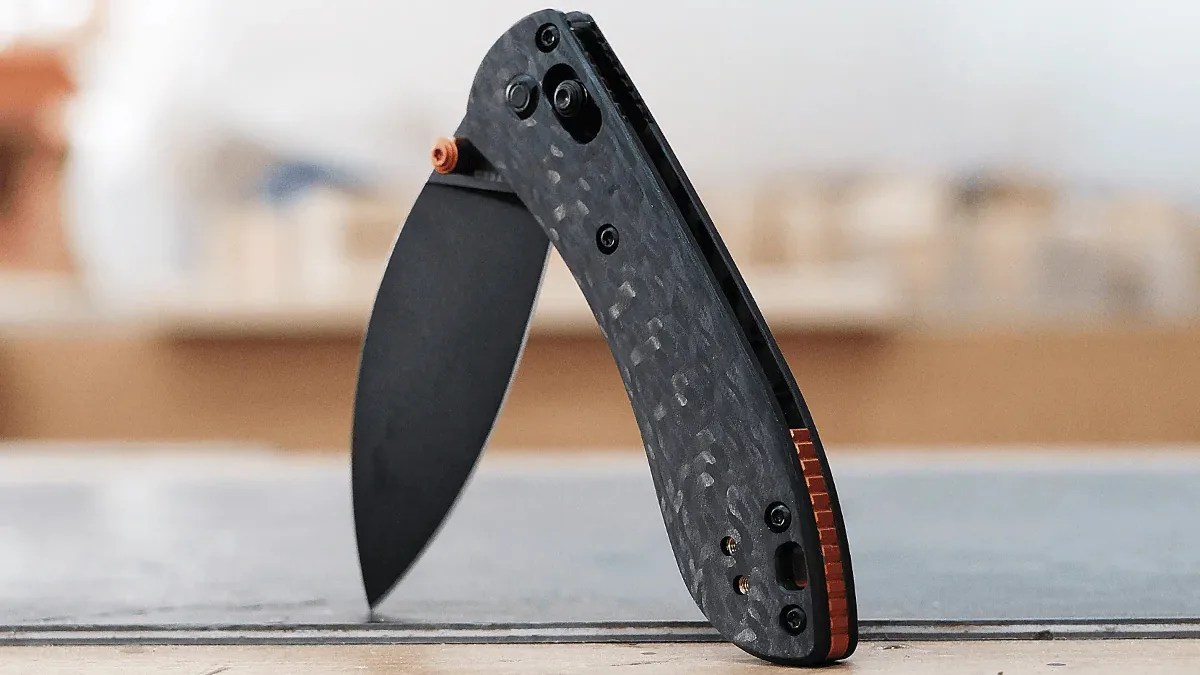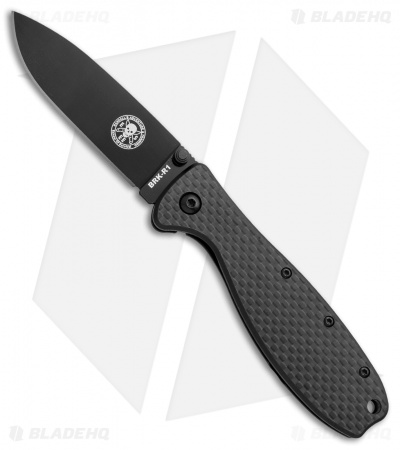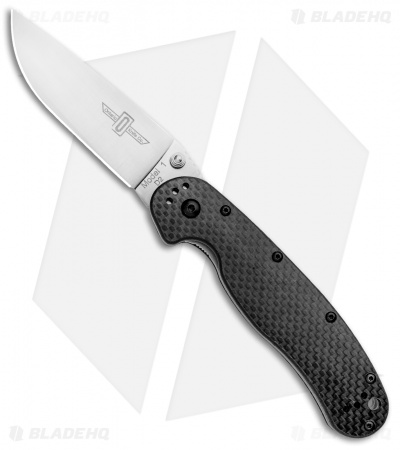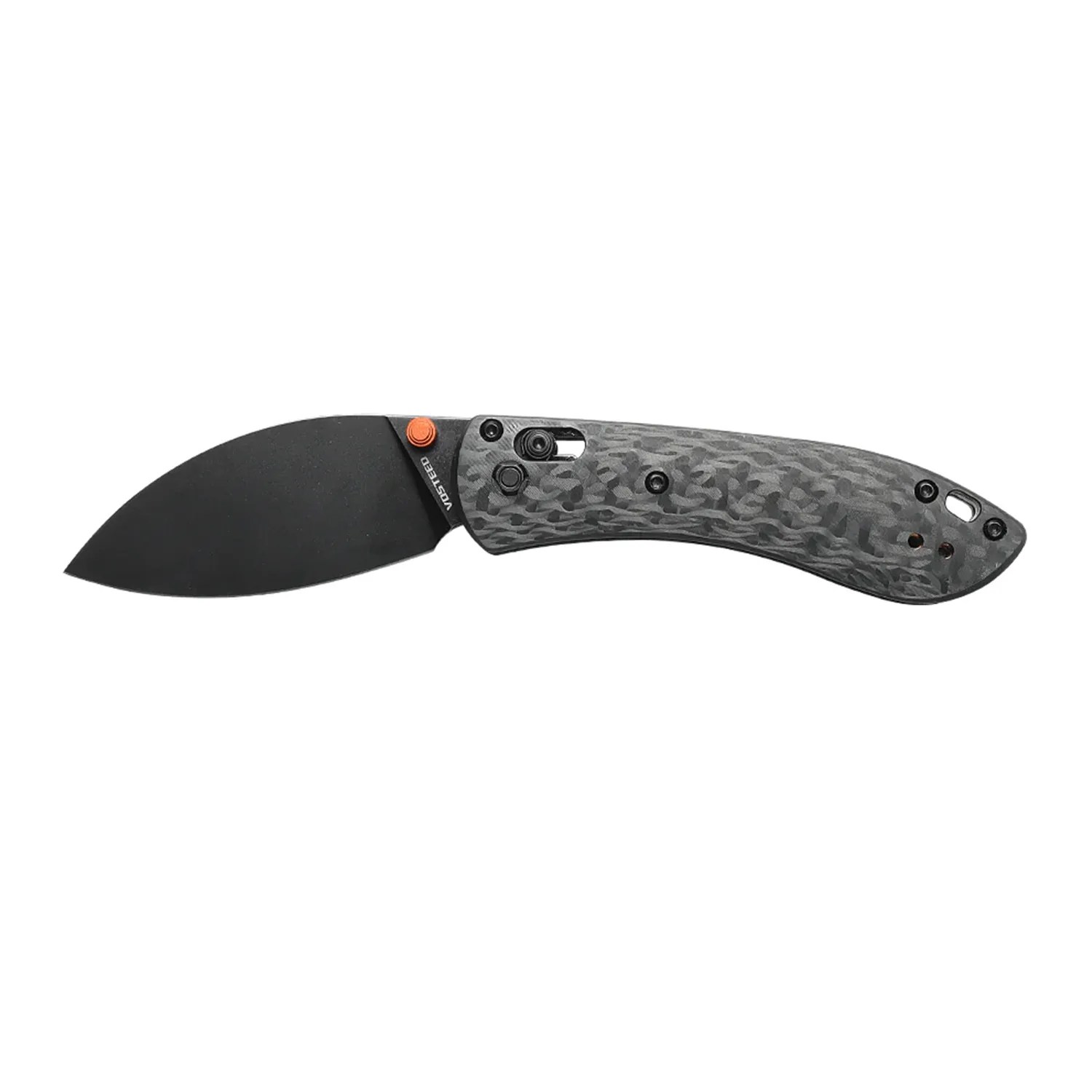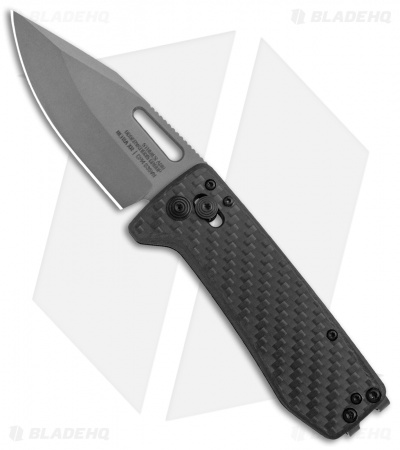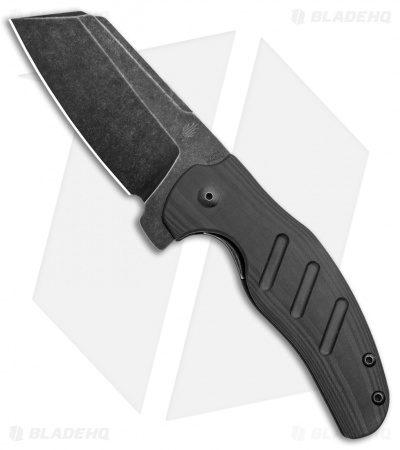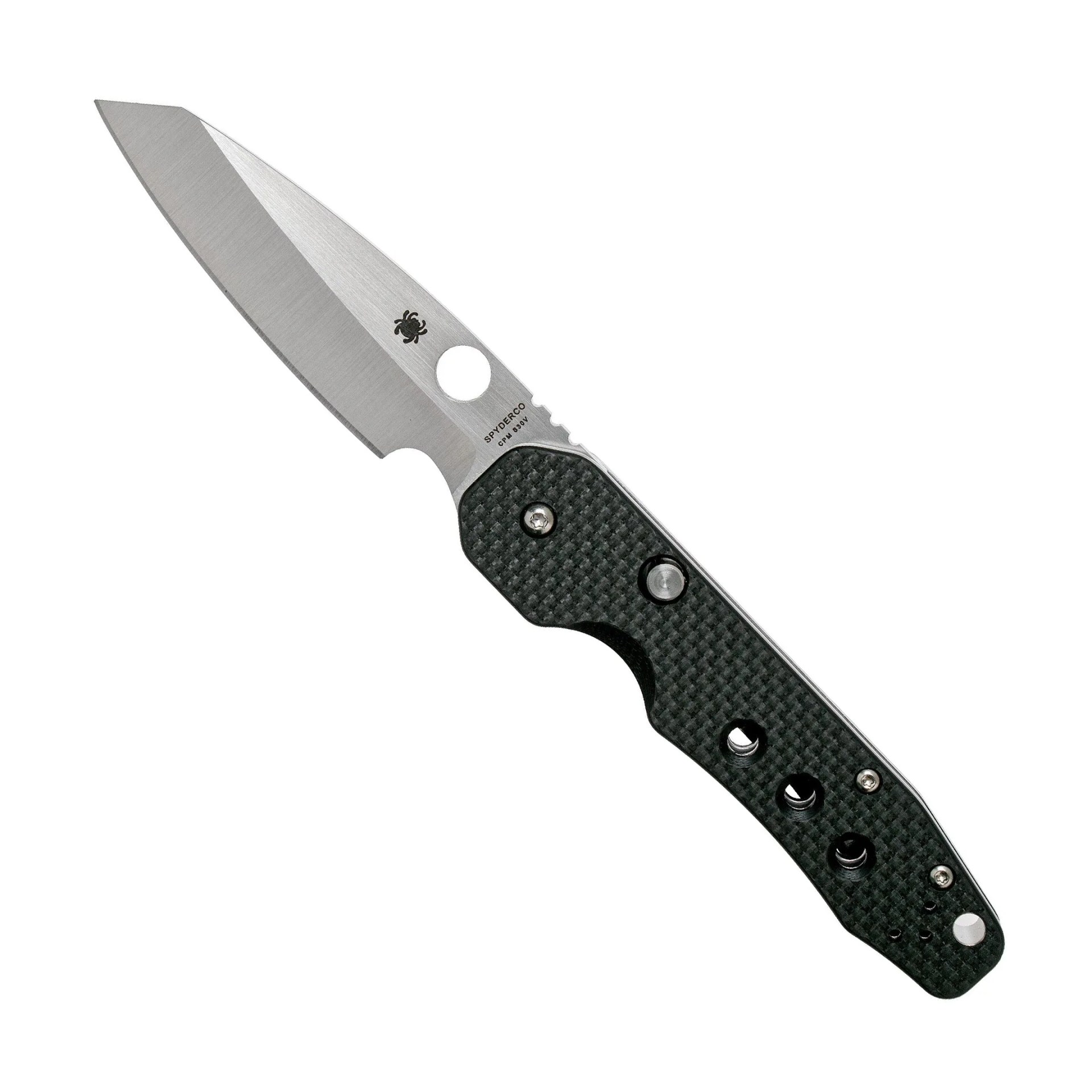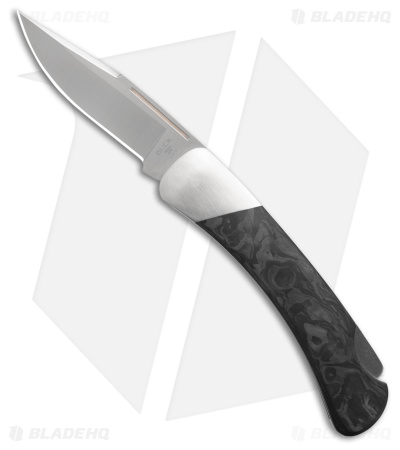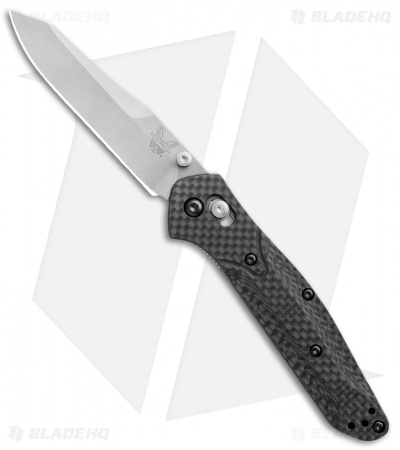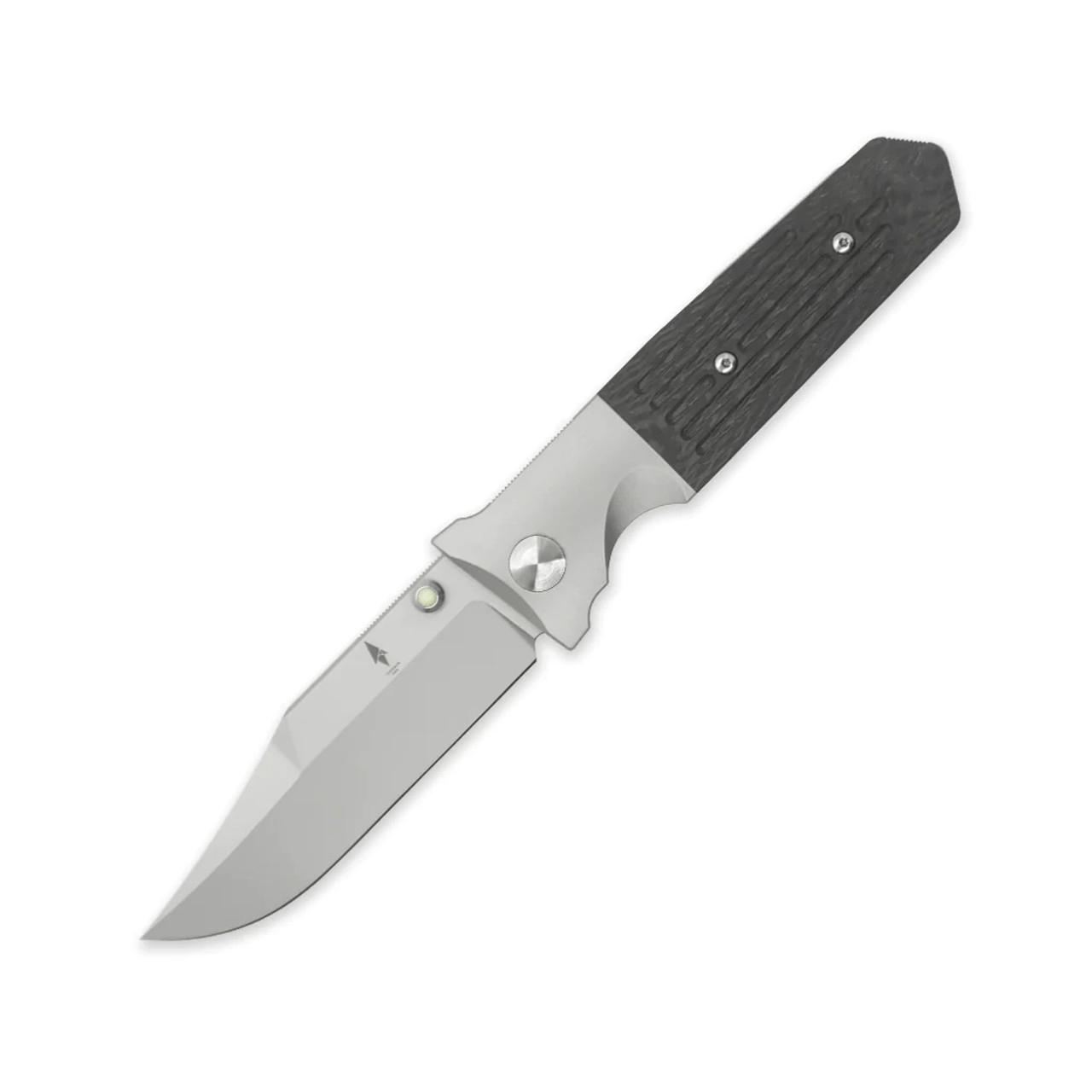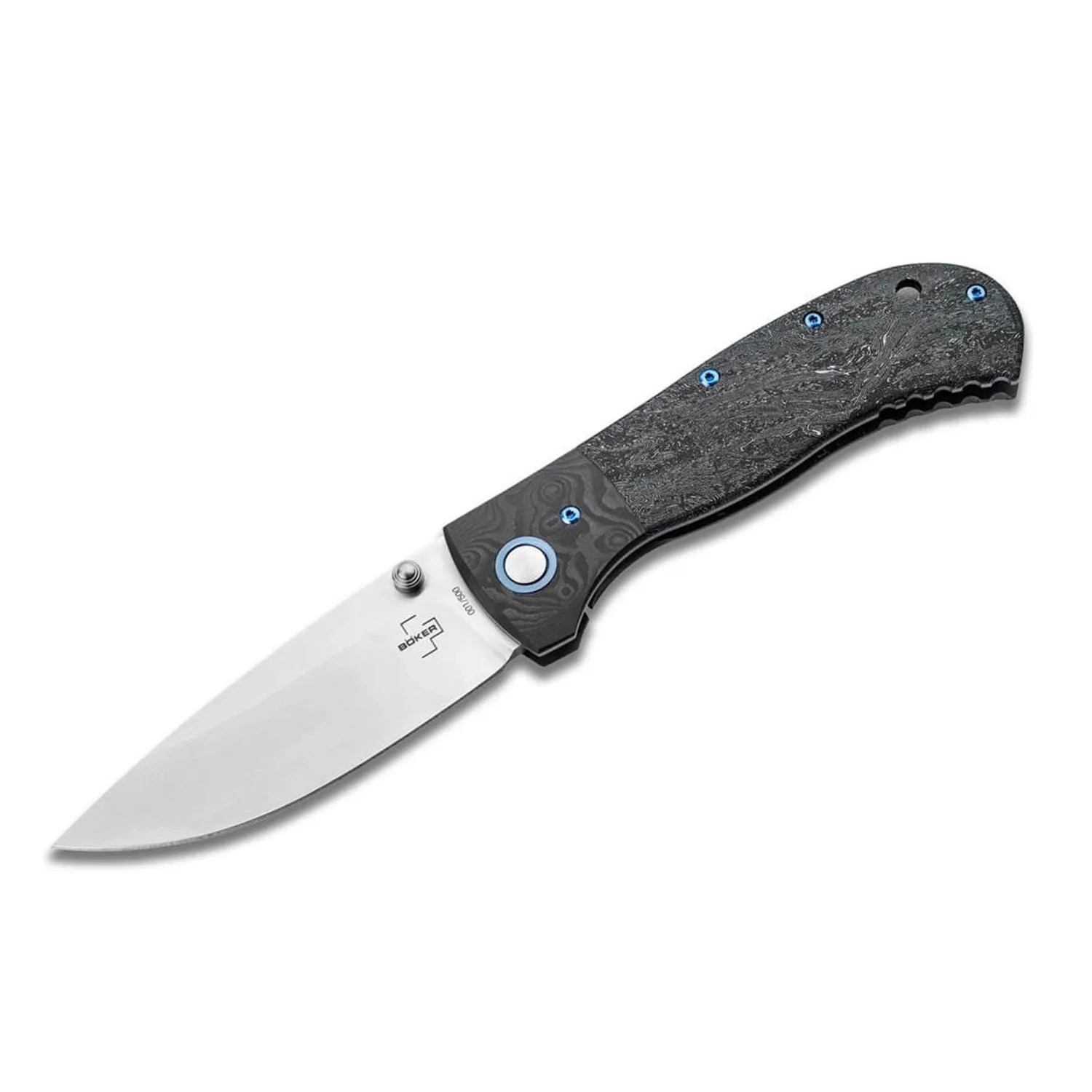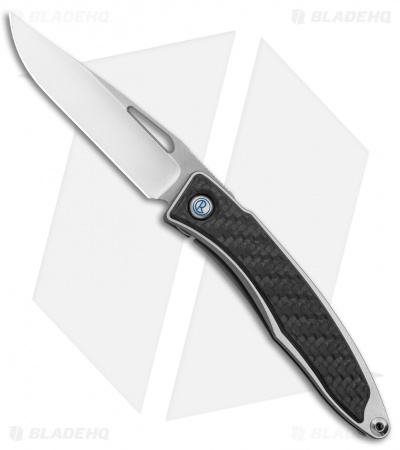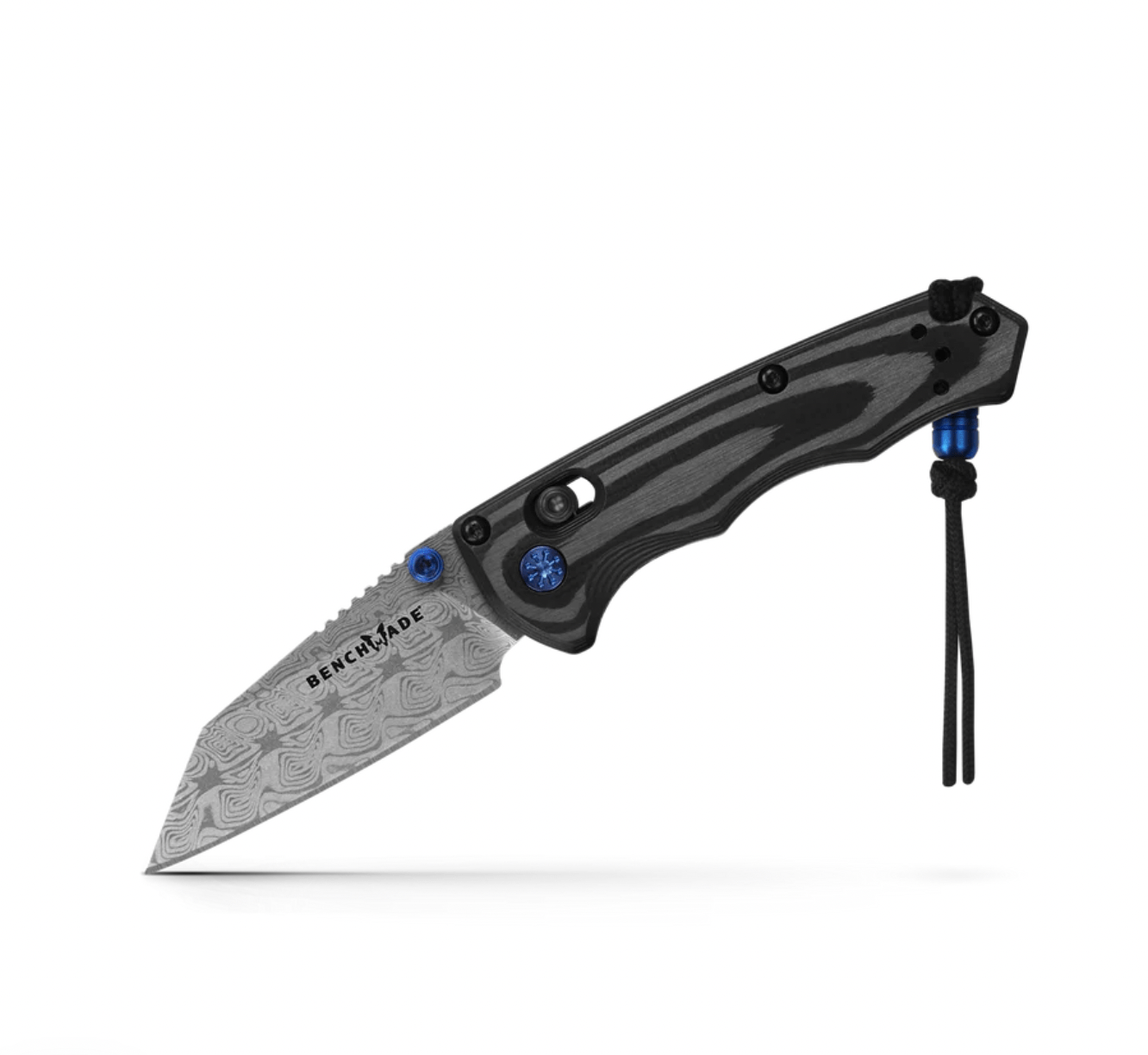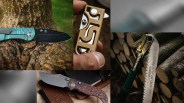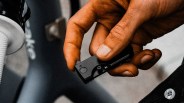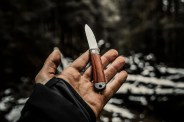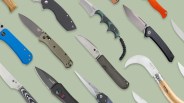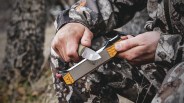Technically speaking, carbon fiber dates back to 1879, when Thomas Edison created it out of cotton and bamboo slivers to produce lightbulb filament. However, it wouldn’t be refined into the strong, lightweight, non-metallic performance material we know and love today until much later, in the late ’50s and ’60s.
Since then, carbon fiber has become a mainstay of numerous engineering-heavy industries, including aerospace, automotive and the military — largely because of its unique combination of strength and versatility, as well as how lightweight it is. It’s also made its way into our pockets in the form of everyday carry gear (for the same reasons, too). And while you can find it in watches, wallets and other tools, one of the best applications might just be in EDC knives. And you’ll find 13 of our favorite carbon fiber everyday carry knives right here.
Products in the Guide
-
QSP Penguin
Read more -
Esee Zancudo
Read more -
Ontario RAT Model 1
Read more -
Vosteed Mini Nightshade
Read more -
SOG Ultra XR
Read more -
Kizer Sheepdog C01C
Read more -
Spyderco Smock
Read more -
Buck Knives 500 Duke Legacy Collection
Read more -
Benchmade 940-1 Osborne
Read more -
Terrain 365 STS-ATB
Read more -
Boker Plus Collection 2024
Read more -
Chris Reeve Knives Mnandi
Read more -
Benchmade Gold Class Full Immunity
Read more
QSP Penguin
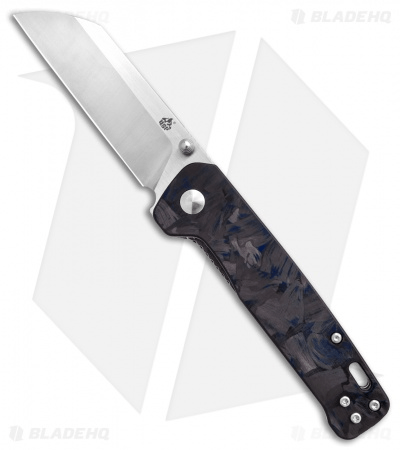 Blade HQ
Blade HQQSP Penguin
Specs
| Blade Length | 3.125 inches |
| Blade Steel | D2 |
| Handle Material | Carbon fiber (shredded) |
| Locking Mechanism | Liner |
| Total Length | 7.125 inches |
Pros
- Incredible value
- Respectable materials
Cons
- Low price might scare off more wary EDC enthusiasts
-
$48.50 (20% off)
A budget darling of the knife forums, QSP’s penguin represents one of the best cost-to-value ratios of any folding blade on the market today. And the fact that you can get one with a shredded carbon fiber handle for under $40 is pretty jaw-dropping. If your budget is seriously restricted but you still desperately want a carbon fiber EDC knife, you can’t go wrong with this one.
